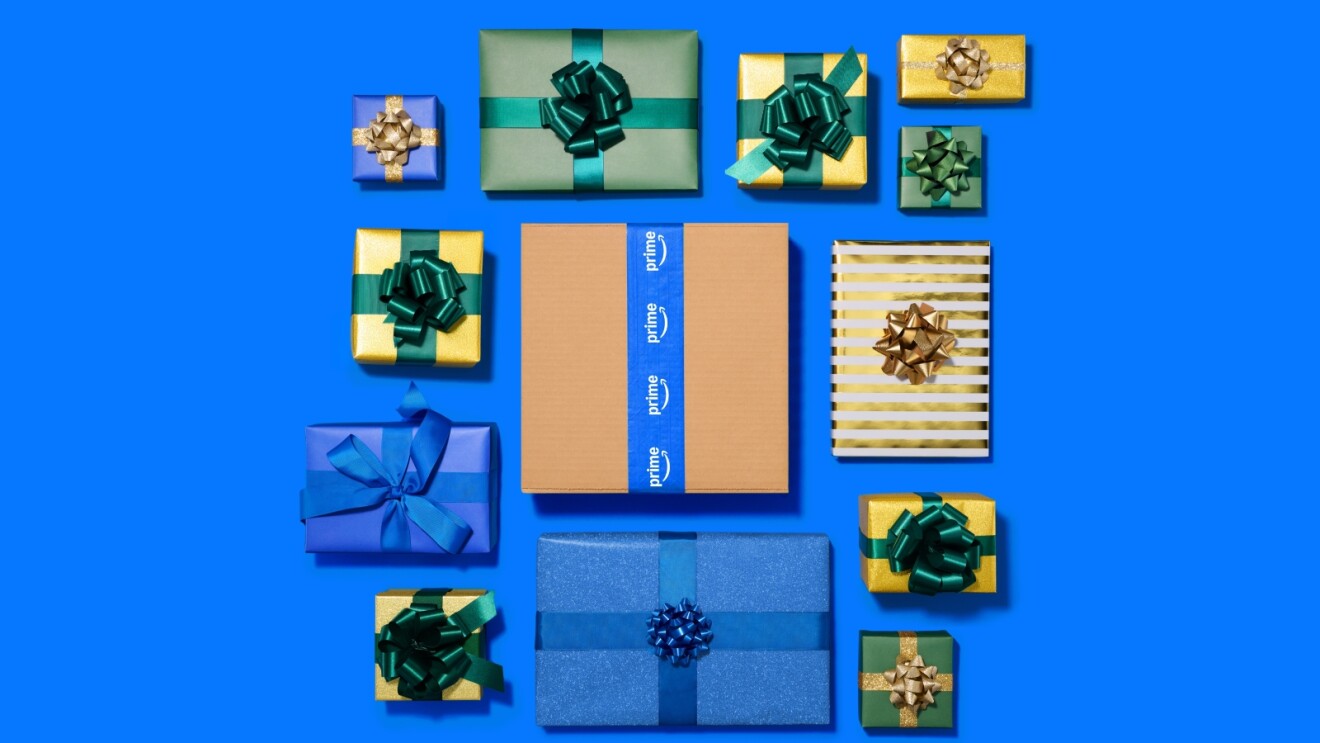His Fans Lend an Ear (and Their Money)
Singer-songwriter Tom Kimmel once made expensive albums for big labels. Now he's producing them at a fraction of the cost -- with a little help from his audience. <b>As told to Robert Frick.</b>
Why did you turn to fans to help finance your latest album? I had a lot of projects going on and money was tight, so I gave fans an opportunity to be patrons. With a minimum $500 investment, I promised to pay them an 8% flat-rate return, which should take at most two years based on past sales. I needed only $15,000 and turned down offers.
| The Voice of Tom Kimmel | |
| Row 1 - Cell 0 | Recent 'My Story' Profiles |
| Row 2 - Cell 0 | 2008 'My Story Collections |
| Row 3 - Cell 0 | 2007 'My Story Collections |
What's the album about? The whole album is a collection of songs I've written for movies and television shows. It's called Never Saw Blue, which is the title of a song I wrote that was in the movie Runaway Bride.
Why did you switch to indie albums? I came up through the publishing and major-label system. My first album, 5 to 1, came out in 1987 on Mercury/PolyGram, and it cost about $250,000 to produce. Next came Circle Back Home, on Polydor/PolyGram, in 1990. It was a classic instance of executives losing perspective; they spent $400,000 just to produce it. I lost my recording deal after that. Since then, I've done five self-financed indie albums.
From just $107.88 $24.99 for Kiplinger Personal Finance
Become a smarter, better informed investor. Subscribe from just $107.88 $24.99, plus get up to 4 Special Issues

Sign up for Kiplinger’s Free Newsletters
Profit and prosper with the best of expert advice on investing, taxes, retirement, personal finance and more - straight to your e-mail.
Profit and prosper with the best of expert advice - straight to your e-mail.
What are the economics of one of your indie albums? The most expensive album cost about $25,000 to record. We charge $15 each, of which about $10 is profit. My best-selling indie record has sold 7,000 to 8,000 copies, and that's about the ceiling for most artists.
Is the big-label model dead? It isn't just breaking down -- it's broken down. It always troubled me that the wealth of talent out there had to be filtered through only a few major labels. It's not just that labels decided who was talented and who wasn't; they decided who was attractive enough. Patsy Cline couldn't get an album looking like Patsy Cline.
What's your strategy now? I call this my ongoing experiment. The cutting edge for me is making a new record every couple of years and using a limited, sensible, cost-effective promotion to get it out there. I just need to expose it to people who might like it, mainly through touring and the Internet. I've made a commitment to owning my own work entirely. I've been able to make a living in the music business while doing what is sacred to me.
Profit and prosper with the best of Kiplinger's advice on investing, taxes, retirement, personal finance and much more. Delivered daily. Enter your email in the box and click Sign Me Up.
-
 Fed's Rate Cuts Could Have Impacts You Might Not Anticipate
Fed's Rate Cuts Could Have Impacts You Might Not AnticipateUnderstanding how lower interest rates could impact your wallet can help you determine the right financial moves to make.
-
 Past Performance Is Not Indicative of Your Adviser's Expertise
Past Performance Is Not Indicative of Your Adviser's ExpertiseMany people find a financial adviser by searching online or asking for referrals from friends or family. This can actually end up costing you big-time.
-
 I'm want to give my 3 grandkids $5K each for Christmas.
I'm want to give my 3 grandkids $5K each for Christmas.You're comfortably retired and want to give your grandkids a big Christmas check, but their parents are worried they might spend it all. We ask the pros for help.
-
 Amazon Resale: Where Amazon Prime Returns Become Your Online Bargains
Amazon Resale: Where Amazon Prime Returns Become Your Online BargainsFeature Amazon Resale products may have some imperfections, but that often leads to wildly discounted prices.
-
 Roth IRA Contribution Limits for 2026
Roth IRA Contribution Limits for 2026Roth IRAs Roth IRAs allow you to save for retirement with after-tax dollars while you're working, and then withdraw those contributions and earnings tax-free when you retire. Here's a look at 2026 limits and income-based phaseouts.
-
 Four Tips for Renting Out Your Home on Airbnb
Four Tips for Renting Out Your Home on Airbnbreal estate Here's what you should know before listing your home on Airbnb.
-
 Five Ways to a Cheap Last-Minute Vacation
Five Ways to a Cheap Last-Minute VacationTravel It is possible to pull off a cheap last-minute vacation. Here are some tips to make it happen.
-
 How Much Life Insurance Do You Need?
How Much Life Insurance Do You Need?insurance When assessing how much life insurance you need, take a systematic approach instead of relying on rules of thumb.
-
 When Does Amazon Prime Day End in October? Everything We Know, Plus the Best Deals on Samsonite, Samsung and More
When Does Amazon Prime Day End in October? Everything We Know, Plus the Best Deals on Samsonite, Samsung and MoreAmazon Prime The Amazon Prime Big Deal Days sale ends soon. Here are the key details you need to know, plus some of our favorite deals members can shop before it's over.
-
 How to Shop for Life Insurance in 3 Easy Steps
How to Shop for Life Insurance in 3 Easy Stepsinsurance Shopping for life insurance? You may be able to estimate how much you need online, but that's just the start of your search.
-
 Five Ways to Shop for a Low Mortgage Rate
Five Ways to Shop for a Low Mortgage RateBecoming a Homeowner Mortgage rates are high this year, but you can still find an affordable loan with these tips.